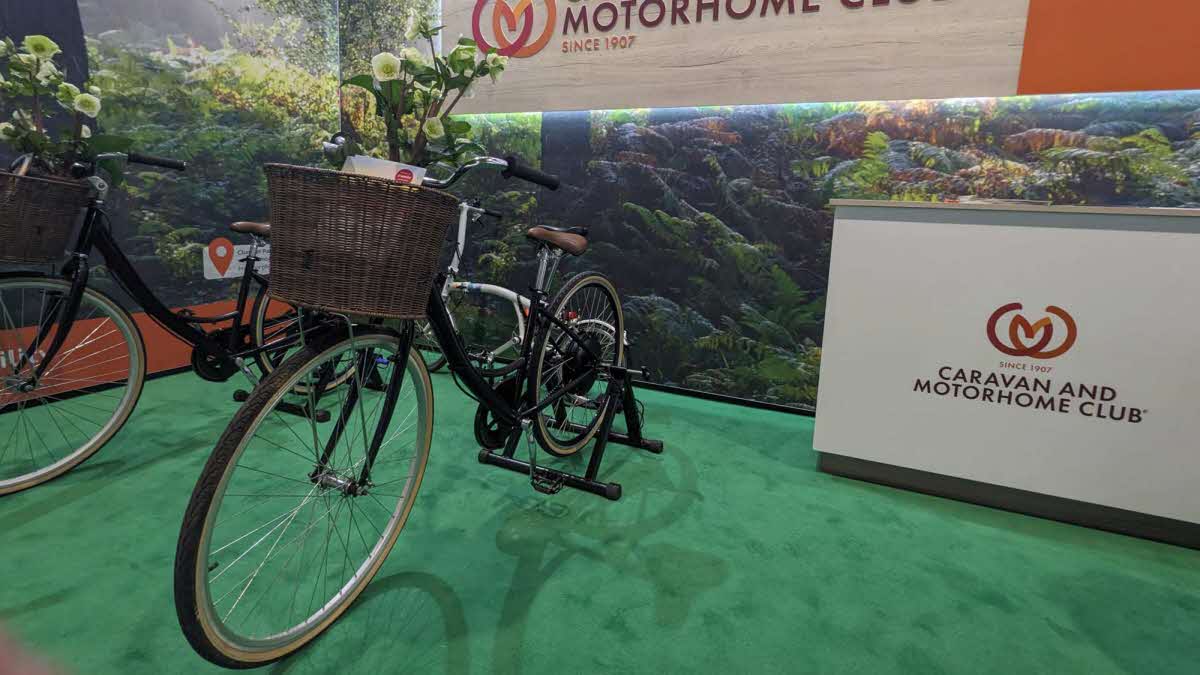6 spring bike checks
As the weather starts to improve, Bikmo cycle insurance has put together some top tips for Club members, so you can get your bikes ready for spring and summer.
As the weather starts to improve, Bikmo cycle insurance has put together some top tips for Club members, so you can get your bikes ready for spring and summer.
1. Mudguards
Mudguards are probably the most essential part of any cycling kit over autumn and winter, but (hopefully) not so necessary in the summer months.
Mudguards aren’t always the prettiest things either, so taking these off will breathe new life into your bicycle. You’ll almost feel like you’ve got a new bike!
There are many mudguards on the market that can be taken off and put on in seconds if that’s a requirement.
2. Checking tyres
Check for wear and look out for any cuts in the tyre wall or cracks on the main outside body of your tyres. If a tyre seems to show a lot of wear, it’s wise to consider changing it as soon as possible. Worn tyres will puncture easily, and they won’t provide a great deal of grip either.
3. Brakes
Now is a good time to check your brakes, as a winter’s worth of riding in the wet and the mud will have worn down the pads.
This is a great opportunity to completely remove your brake pads and give them a good scrub with soapy water - things can easily get stuck in them too.
If you run on hydraulic brakes, you should consider giving them a good bleed.
Bleeding your brakes can get real messy, real quick - so if you don’t feel like making a mess of your living room or patio, make an appointment at your local bike shop to do it. They’ll be more than happy to do your ‘dirty work’ for you.
4. Cables
Over time, any cable on a bike will stretch - and once a cable has stretched, its performance will diminish. So it’s essential to recognise when your gears and brakes aren’t efficiently moving or deploying correctly.
Brakes are relatively easy to adjust if you fancy having a go yourself. Test whether you can pull both brake levers without the lever hitting the handlebars. If a lever does hit your handlebar, or doesn’t compress fully, then check the tension nut at the top of the brake calliper. When you tighten this nut it will draw the brakes closer, enabling you to brake more efficiently. Make sure when adjusting the brakes that your wheels still spin freely!
Gears aren’t quite as straightforward to adjust, but if they’re just slightly out and not changing 100% efficiently, it’s worth having a go. The rear derailleur is the device which moves your bike’s chain between the sprockets and it’s what enables you to change gear. You might have heard it referred to as, or call it, your rear ‘mech’. On your rear mech, you’ll find a nut similar to the tension nut on the brake calliper. When you turn this nut you will either increase or decrease the tension in the mech, moving it. Lining up your gears can be a torturous activity, often ending with the gears still clunky and not shifting smoothly. If they’re not right, it’s off to the local bike shop for the expert touch.
5. Drive chains
This could be the first time your chain has seen some lubrication since last summer so check carefully for any defects in the chain.
This could be a crack, a broken line or even a rough patch of rust which is stopping the chain from moving properly. You can use a proper chain cleaning product to remove old grease and grime before applying new lube to the chain, but simple soapy water will help remove a lot of grit and dirt.
Grab a rag and a tough brush, or even a toothbrush, apply plenty of chain cleaner/soapy water and scrub away.
Dry off with a rag before applying a chain lube, such as WD-40, by running the chain around a rag. Then re-apply. Make sure your chain flows correctly, grabbing onto each chainring tooth.
6. And our bonus tip? A GOOD wash!
All the above coincides with giving your bike a good overall wash. This should be a regular routine, whatever the time of year, when aiming to keep your bike working like clockwork.
And remember, if you’re apprehensive about any of the suggestions above, take your bike to your local bike shop and let them give it a once-over.




